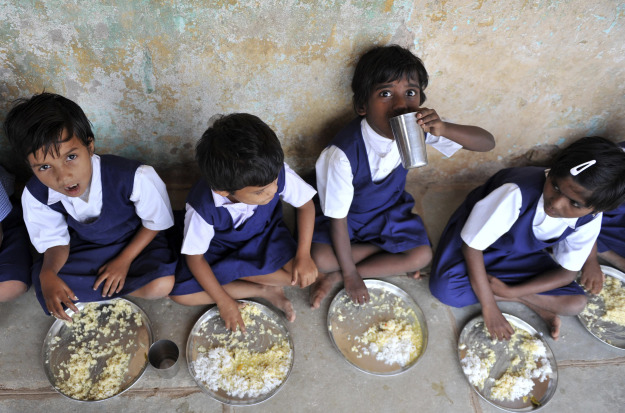Food Safety
Unsafe food and water has been a human health problem since history. It can lead to a range of health problems: diarrheal diseases, viral disease, reproductive and developmental problems and cancers. Food safety is thus a prerequisite for food security.
The World Health Organization (WHO) states that:
|


Safe food supplies support national economies, trade and tourism, contribute to food and nutrition security, and underpin sustainable development. Besides longstanding problems of unsafe treatment of food and water new threats to food safety are constantly emerging. Urbanization and changes in consumer habits, including travel, have increased the number of people buying and eating food prepared in public places. Globalization has triggered growing consumer demand for a wider variety of foods, resulting in an increasingly complex and longer global food chain. As the world’s population grows, the intensification and industrialization of agriculture and animal production to meet increasing demand for food creates both opportunities and challenges for food safety. Climate change is also predicted to impact food safety, where temperature changes modify food safety risks associated with food production, storage and distribution. These challenges put greater responsibility on food producers and handlers to ensure food safety. Local incidents can quickly evolve into international emergencies due to the speed and range of product distribution. Serious foodborne disease outbreaks have occurred on every continent in the past decade, often amplified by globalized trade.
Governments should make food safety a public health priority, as they play a pivotal role in developing policies and regulatory frameworks, establishing and implementing effective food safety systems that ensure that food producers and suppliers along the whole food chain operate responsibly and supply safe food to consumers. Food can become contaminated at any point of production and distribution, and the primary responsibility lies with food producers. Yet a large proportion of foodborne disease incidents are caused by foods improperly prepared or mishandled at home, in food service establishments or markets.
In order to promote food safety policy-makers can:
|
Food handlers and consumers can:
|
Acknowledgements
- WHO, 2006. Five Keys to Safer Food Manual.
- FAO, 2004. Family Nutrition Guide.
- World Health Day 2015: Food Safety.

